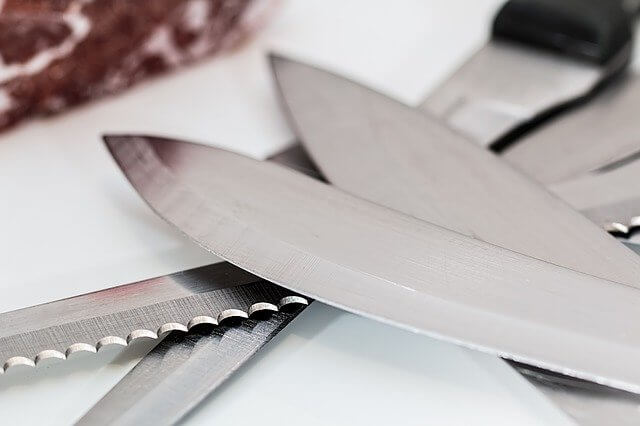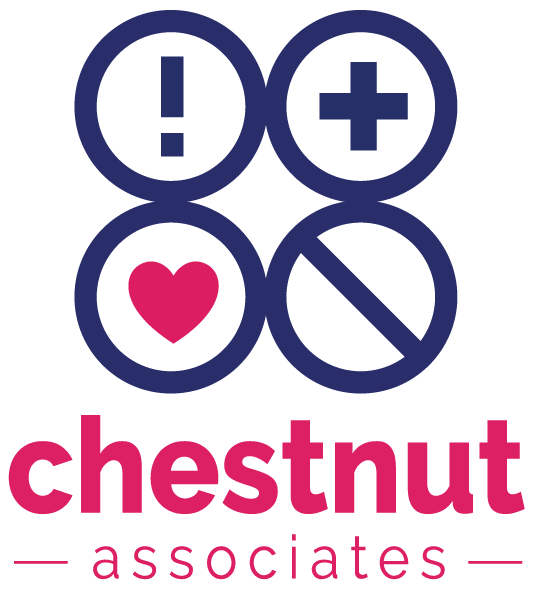Using Knives at Work
Knife injuries are on the rise.
Cut knife accidents.
Plan and assess the risk for any work or project that involves cutting by eliminating dangerous fixed blades with a safety knife, scissors, or de-burring tools.
Correct planning and assessment could save you from life changing cut injuries, or worst still.
Did you know hand knife injuries typically account for between 25% to 50% of all lost time accidents?
43,000 knife based reportable work place accidents happened in 2019.
And 58% of all workplace accidents involving manual tools were caused by knives.
 The guidance statistics are clearly showing that knife injuries are a worrying occupational hazard for us all at work or at home. Many suffer serious injuries that will affect their quality of life ongoing, and sadly, deaths do occur. There is also a knock-on effect for businesses in lost revenue due to time. Possible litigation issues and corporate social responsibilities to uphold.
The guidance statistics are clearly showing that knife injuries are a worrying occupational hazard for us all at work or at home. Many suffer serious injuries that will affect their quality of life ongoing, and sadly, deaths do occur. There is also a knock-on effect for businesses in lost revenue due to time. Possible litigation issues and corporate social responsibilities to uphold.
Don’t let lack of time or commercial pressures become a factor in your decision making when it comes to the next knife job. Try to think of the impact a knife injury could have on your life now and how it might ruin your quality of life in years to come. Knife injuries usually happen when a knife slips during cutting or trimming, the knife blade can meet a worker’s hand and causing laceration to the fingers or hand.
What can we do to prevent such accidents? Let us look at how to make changes and eliminate the hazards in our workplace. Where possible, eliminate the need for knives to be used. Substitute knives for other tools, such as de-burring tools and scissors. Use engineering solutions to reduce the risks such as changing tools or molds to reduce, remove the need for cutting activity.
Administrative, ensure that there is a set knife policy to ensure cutting tools are managed. PPE, it’s the last line of defence used PPE. Suitable cut resistant gloves, sleeves, garments to enhance protection from accidental cuts.
There are five different groups of knives.
Group one includes bladeless cutters, disposable concealed blade knives, that help to ensure not only is the blade edge concealed, but also the remote chance injury during blade replacement is ruled out.
Group two, concealed blades are cutters designed to conceal the blade edge from the possibility of personal injury.
Group three, fully automatic blade retraction knives are designed to not rely on the operator to retract the blade, sometimes called intelligent cutters. Once the blade leaves the material being cut, it’ll automatically and immediately retract into the handle.
Group four, spring loaded blade retraction. Once cutting has begun, the operator removes their thumb from the slider. The blade will remain engaged with the material being cut, but as soon as the blade leaves the material, the blade will spring back into the safety of the knife handle.
Group five manually operated blade retraction knives must be manually retracted as well as manually extended. Therefore, if the knife is placed down, the blade will remain exposed.
Look at the knife itself before buying, assess its safety performance. Look at any testing or proof that the manufacturers have. The UK safety knives are covered under the provision and use of work equipment regulations. So, this places responsibilities on the business and the organization whose employees are to use the work equipment.
What is the safety knife policy?
Consider the following points while making yours.
- Specify the right knife.
- Ensure spare knives and blades are available.
- Provide safe storage for knives and blades.
- Specify the right PPE.
- Consider the working environment, develop and deliver training, check in and monitor it.
Obviously when using PPE, make sure you use a higher rated glove. This is always preferable. Assuming good grip, dexterity, comfort, size, touch, sensitivity, and general performance is expected.
I hope this is useful to you, please let me know if you need any further information. Call 07770 302504 or email joanne@chestnutassociates.co.uk


